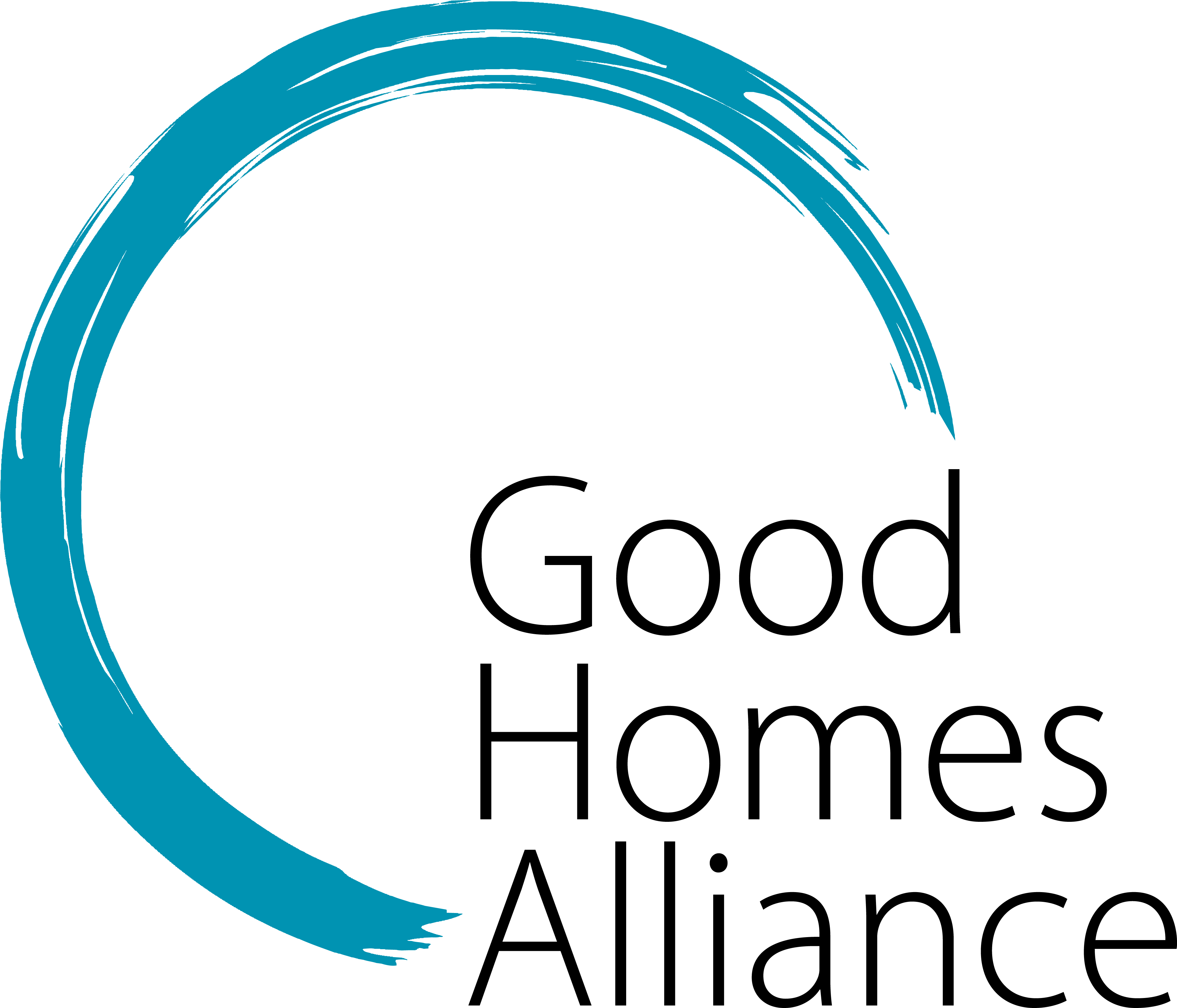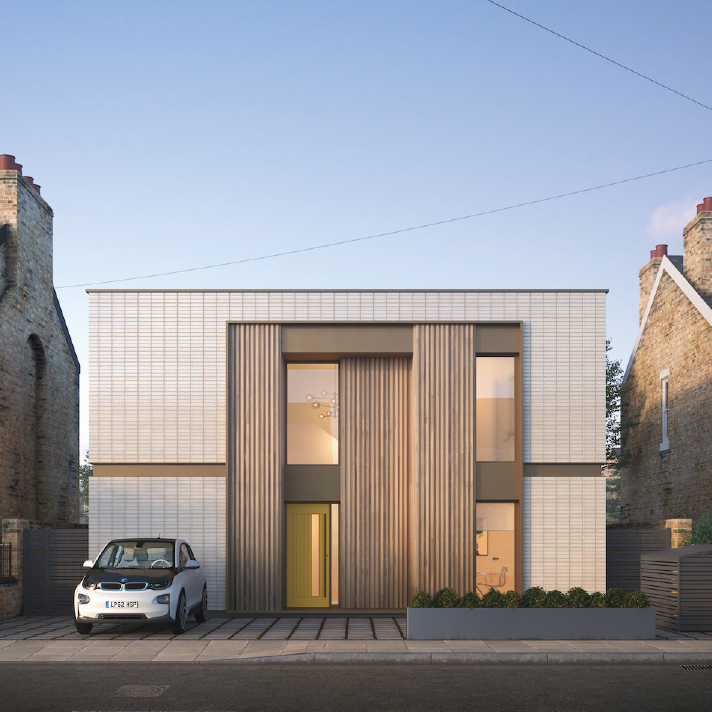Summary
Kiss House are developing a multi-storey single dwelling Passivhaus construction system, allowing the rapid on-site assembly of high specification homes using low-complexity, repeatable and clean methods.
The system is intended to be scalable and initially, a series of front runner projects will be constructed to prove the concept.
The Kiss House team were experts in best practice low energy construction. Their background was in bespoke one-off housing. Whilst bespoke house builds can lead the way in terms of innovation, they are generally highly inefficient as they require a project team to reinvent the wheel every time. They are like prototyping exercises, never really to be repeated. Kiss House wanted to find a vehicle to transfer all the lessons they’d learned.
Key information
- Client: Various
- Developer: Kiss House
- Architect/Designer: Kiss House
- Location: Multiple
- Engineers/consultants: Kiss House
- Project Type: New build
- Number of homes: 1-10
- Sector: Private Housing
- Key dates: Handover – Start date late 2021
Key facts/highlights
Kiss House have created a building system that can:
- Achieve Passivhaus certification
- Be low in embodied energy
- Work across different geographical locations.
- Be configured into different housing typologies
- Easy to erect
- Use natural materials
- component-based design for manufacture and assembly (DfMA) flexibly off-site
- Be predominantly timber and using waste and native timber
- Displace petrochemical-based products eg steel and concrete
- Eliminate wet trades
- Significantly reduce local distruption/traffic movements
- Be measurable and adaptable
- Enable a feedback loop for continual improvement and innovation
- High embodied carbon materials are also excluded by design
Energy performance
Kiss House is using wall and floor sensors to monitor fabric performance and room sensors to monitor internal conditions. They will be collecting energy usage data to compare with predicted data. They are developing their own soft landings equivalent for this with a BPE partner.
- Energy Use Intensity (EUI): Building EUI inclusive of building-mounted renewables as required to achieve Passivhaus Plus certification is anticipated to be < 10kWh/m²/yr
- EPC rating target: A
- Environmental Impact Rating target: A
- Space heating demand: As this project is being designed to meet Passivhaus Plus in a variety of locations and orientations, it should be capable of delivering lower space heating demand than 15 kWh/m2/yr
- Heat pump:5 kW PUHZ_H_Monobloc ASHP with a SCoP of 3.18 for DHW & 4.01 for space heating
- Dwelling Fabric Energy Efficiency target (DFEE): 32 kWh/m²K
- Dwelling Emission Rate target (DER): -5.79 kgCO2/m²/yr (Net Zero Carbon)
- U values: Area weighted U-value of opaque elements targeting 0.11 W/m²K
- Air tightness: High performance triple glazing with Air tightness < 0.6 ACH @ 50 Pa (equivalent to ≈0.7 m³/h/m² @ 50 Pa)
- PV will be sized to achieve Passivhaus Plus so will vary with location
Whole life carbon/resource efficiency
Kiss House uses product design industry CAD modelling technologies to develop the construction system in high granular detail that is constructed using off-site manufacture as a system of non-volumetric building materials. This reduces waste and allows high-density transportation.
Material and process embodied carbon information is embedded in the building model, giving full transparency of carbon values for all components used in the construction system and allowing targeted component development to reduce environmental impact. High embodied carbon materials are also excluded by design.
Stages A1 to A3 ( from BS EN 15978) Embodied carbon data are embedded into product data to enable fast analysis of component level carbon.
Thermal comfort and resilience
- Passivhaus PHPP frequency of overheating checks
- CIBSE TM59 design methodology for the avoidance of overheating in homes
Healthy and non toxic materials
Kiss House is pursuing WELL certification.
International WELL Building Institute announced plans to enter the single-family home market in May this year. They have created a panel of experts to collaborate on establishing the standard and Kiss House anticipates adopting the standard as soon as it becomes available.
Scalability/buildability
- The construction system allows a majority of building assembly to occur off-site
- Highly detailed models enable precise purchasing of materials, reducing waste
- The construction system is process specific and site activities are defined as part of the system
- On-site activities are repeatable and building-agnostic (i.e. the processes on site are the same whatever the building format or size).
- One guiding principle is to always exceed minimal space requirements
- Adaptability is inherent in the system due to non-load-bearing walls and easily accessible services
Quotes
Mike Jacob, Director of Product and Innovation, Kiss House
“We realised that to develop new product innovations we would have to engage in radical collaboration as a team; with academia and research institutions and with specialist skills and expertise within the wider industry.
It has been a steep learning curve for the last three years, we have evolved hugely as we’ve begun to understand and harness the power of product innovation and to decarbonise construction in our attempt to respond to the need for better housing.
Ultimately, we realised that the only way to achieve our goals and help change housing was to develop a new building.”
Further information and images
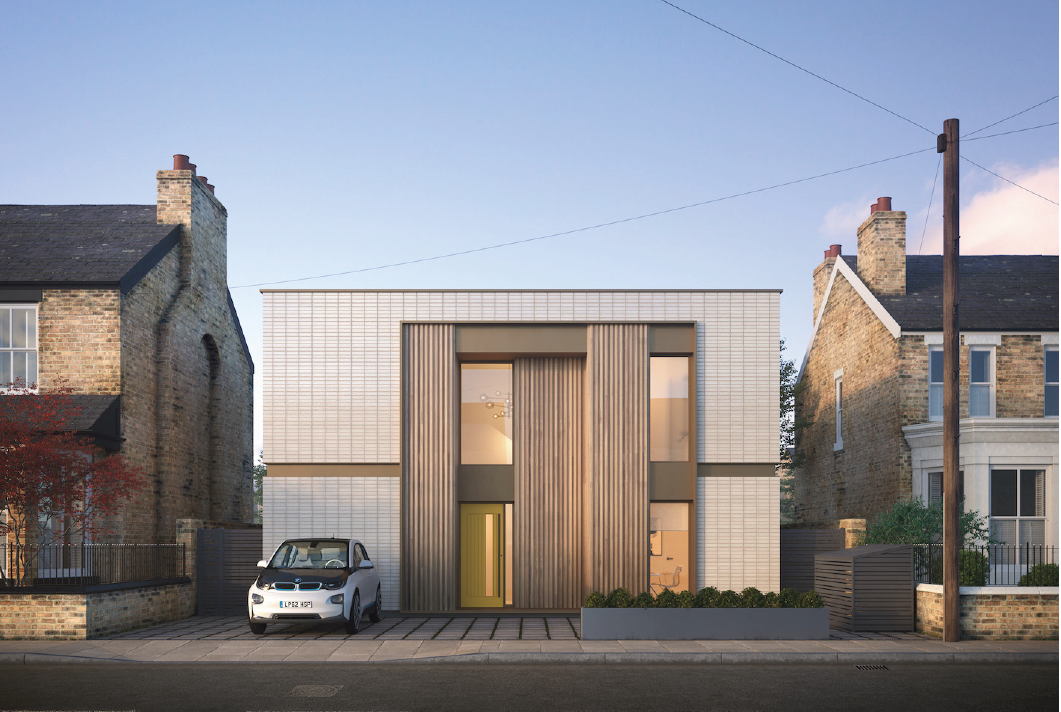
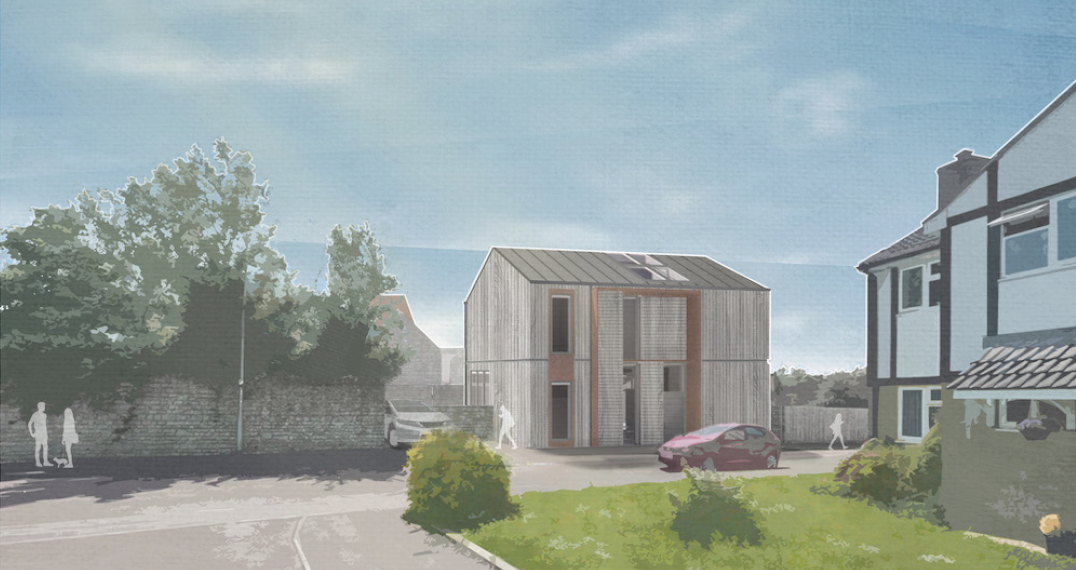
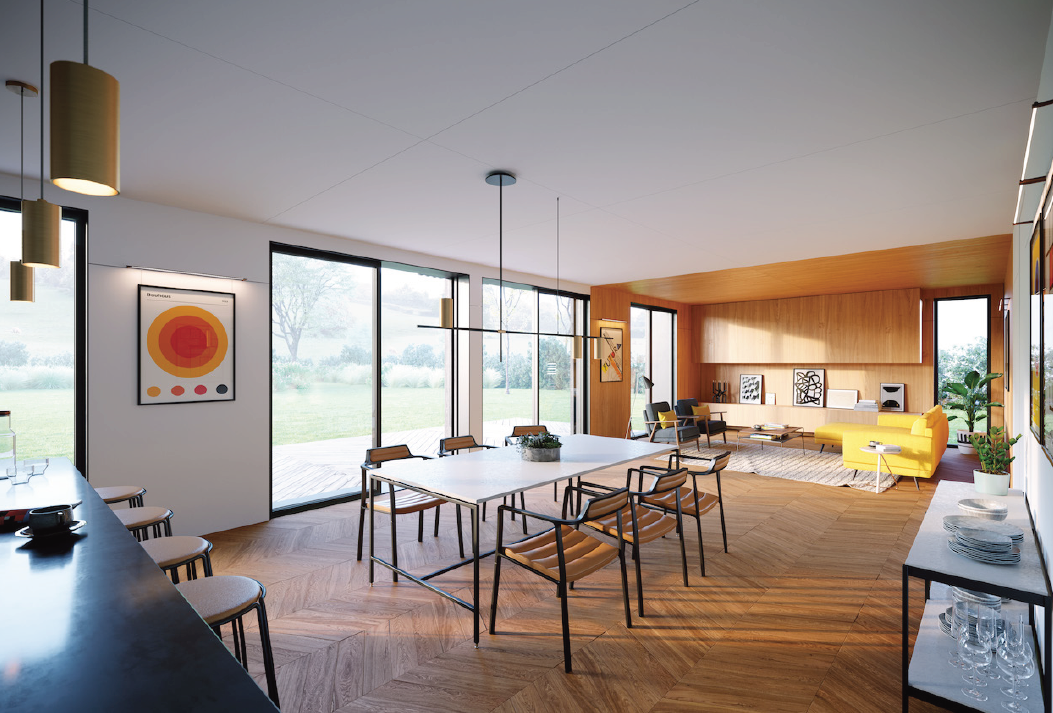
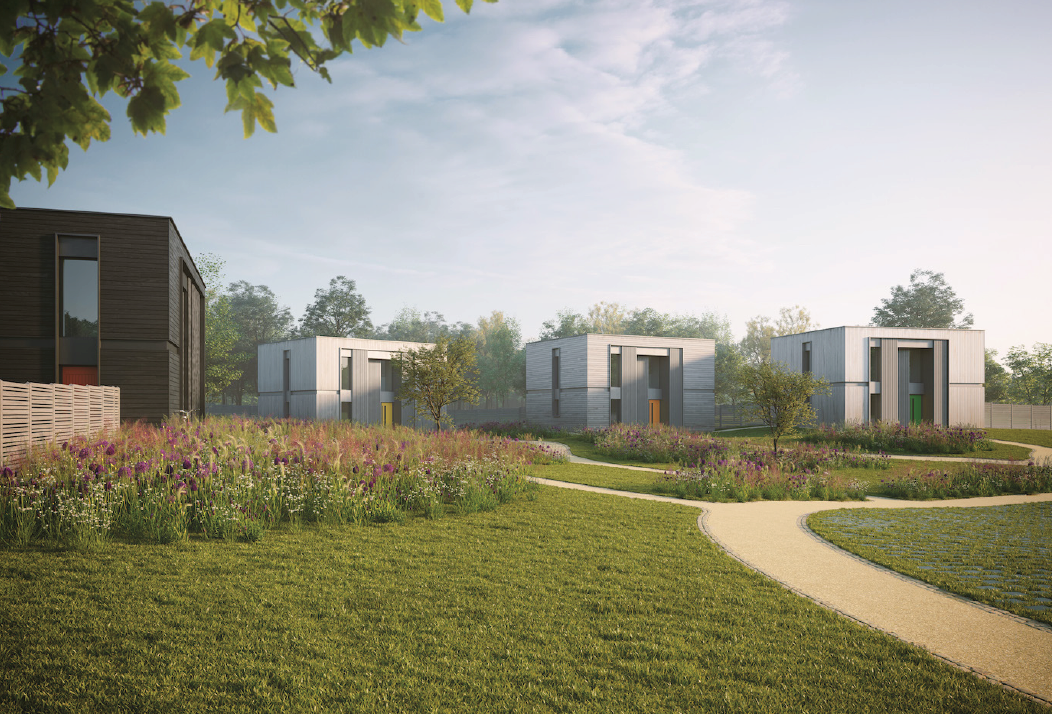
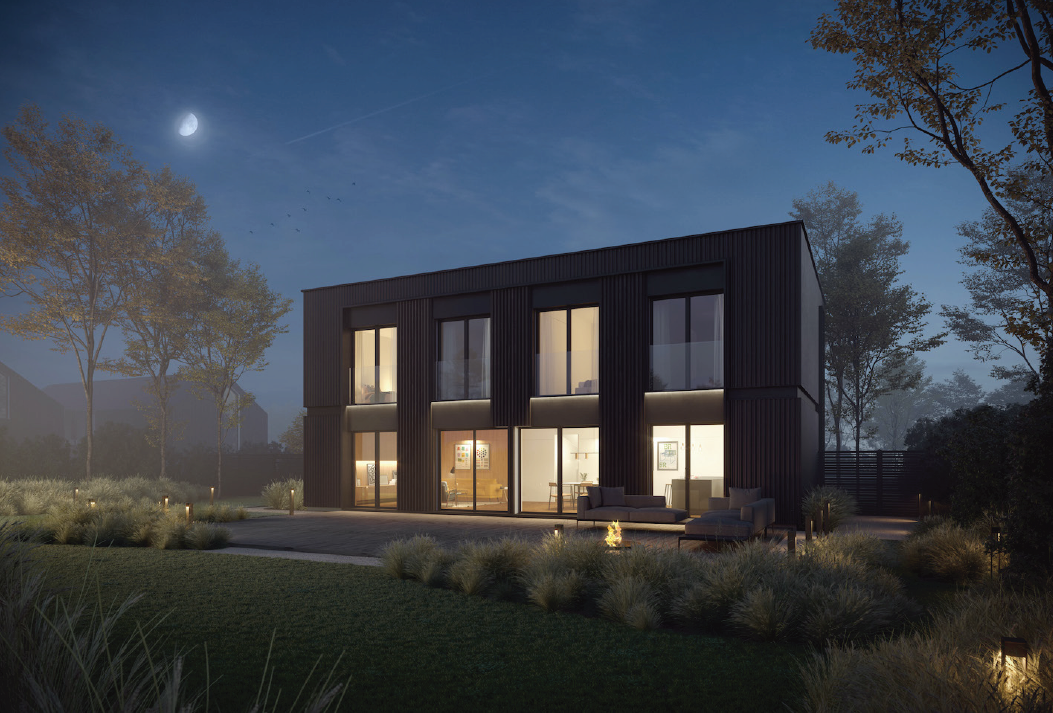
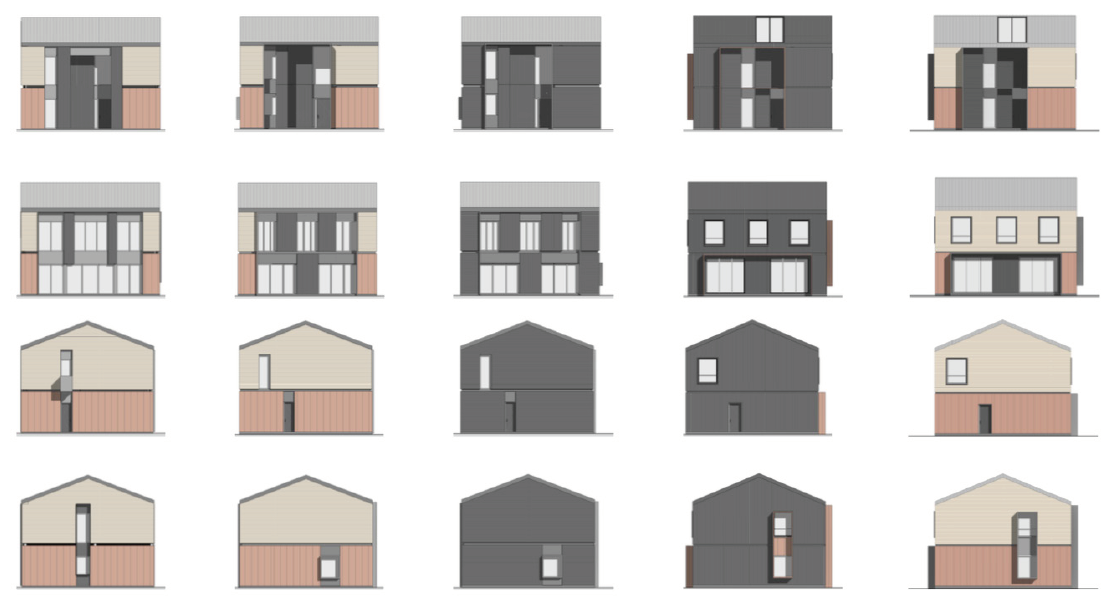

Case study kindly funded by MCS Charitable Foundation

